Kyleigha had a bit of a rough start in life, you can read a little more about it here. When she was in kindergarten, it wasn’t uncommon for me to get a phone call saying she wasn’t feeling well or that she had a high temperature. We were constantly going to the doctor and trying to figure things out. I finally got them to refer us to Children’s Hospital to see a specialist. At the age of 5 she was diagnosed with Hyperoxaluria. Not only was this a huge word I had never even heard before, it was also something that not many people even knew about. The doctor (who was amazing!) felt we could handle things by watching her diet instead of using medication so she sent us to a dietician. This was huge for us! So, off to the dietician we went. Guess what? Even she couldn’t help us. Yep, that’s right. She didn’t know enough about it and was basically no help at all.
Once again, this momma bear had to take matters into her own hands. It was time to do some more research.
What exactly Hyperoxaluria is…
According to Wikepedia, Hyperoxaluria is an excessive urinary excretion of oxalate. Individuals with hyperoxaluria often have calcium oxalate kidney stones.
The short of it is this: have a low sodium, low oxalate diet to help prevent kidney stones from forming.
We don’t know if Kyleigha ever had kidney stones. What we do know is that she often had blood in her urine and had “tummy” aches. Either way, because of this condition, we had to watch her diet. We were told that she should have no more than 140mg of sodium per serving. Now, if you have ever read labels on the shelf, you know that this is near impossible to do.
Grocery shopping and meal planning just got hard
I had to fight back the tears every time I shopped. How was I supposed to take on these new dietary needs when no-one could help me?
Foods high in oxalate
What exactly are foods high in oxalate?
These are foods such as: (if you do a quick search you are bound to see a few variances)
- Beans
- Beer
- Beets
- Berries
- Chocolate
- Cocoa Powder
- Coffee
- Cranberries
- Dark green vegetables, such as spinach
- Nuts
- Okra
- Oranges
- Rhubarb
- Soda (cola)
- Soy beans
- Soy milk
- Spinach
- Sweet potatoes
- Tea (black)
- Tofu
- Wheat bran
How we do low-sodium
We have also found that when we use pink himalayan salt, it doesn’t affect her as badly. It has a lower sodium content than regular table salt. Table salt may have about 2300 mg of sodium per tsp, sea salt has about 2000 mg of sodium per tsp, while pink himalayan salt has only about 1700 mg per tsp. That’s a pretty big difference when you are on a low-sodium diet!
Learning to do it on her own
By the time Kyleigha was 8 years old, she had already been on her special diet for 3 years so I decided to hand over some of the responsibilities to her. If this was something she was going to be dealing with her whole life, I wanted her to know how to read and understand her body.
If you’re walking this same journey of homemaking, decluttering, and creating a peaceful, faith-filled home, you’re not alone.
I’d love to share encouragement, simple living inspiration, and homestead wisdom with you — right to your inbox.
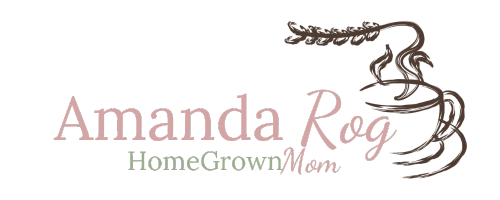





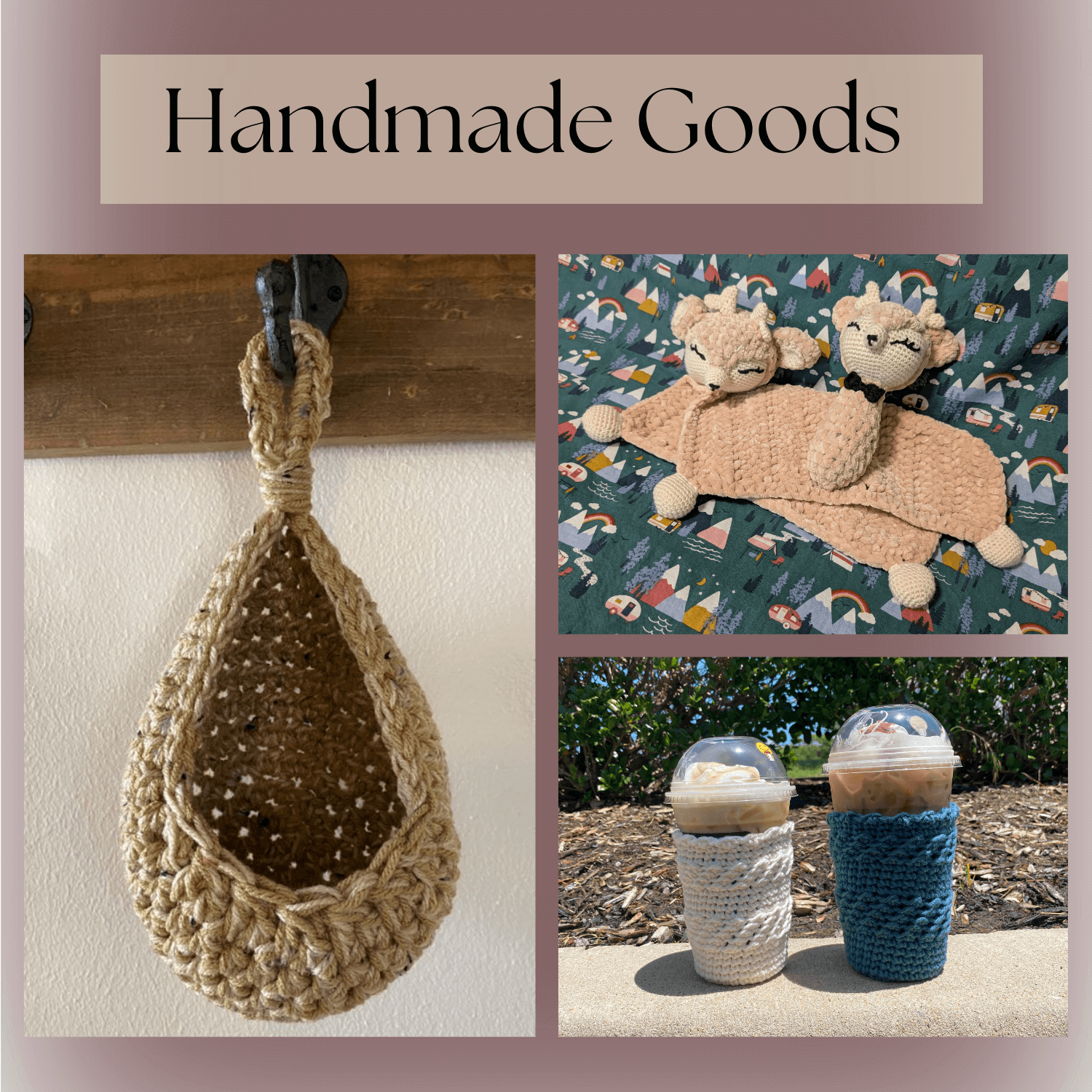
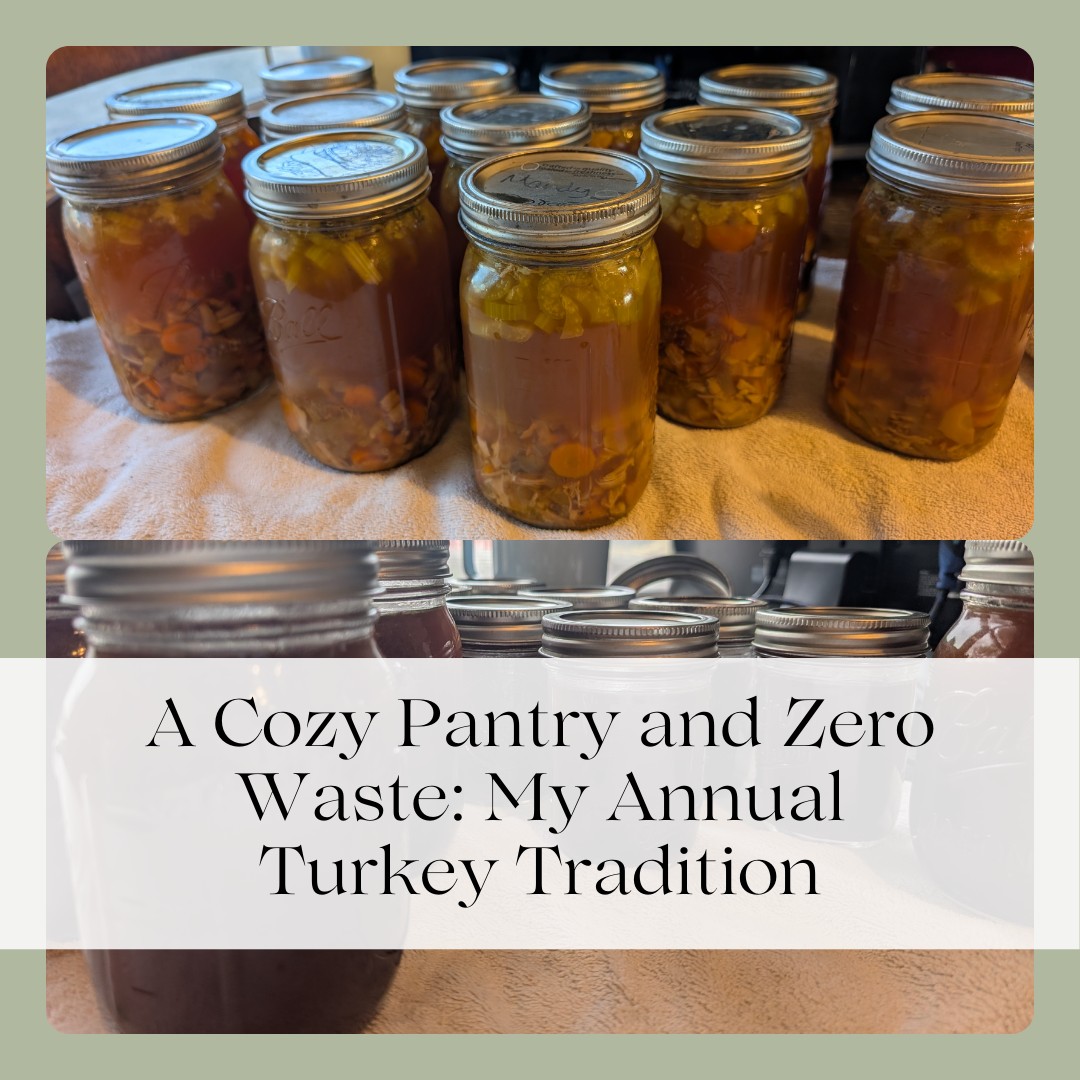

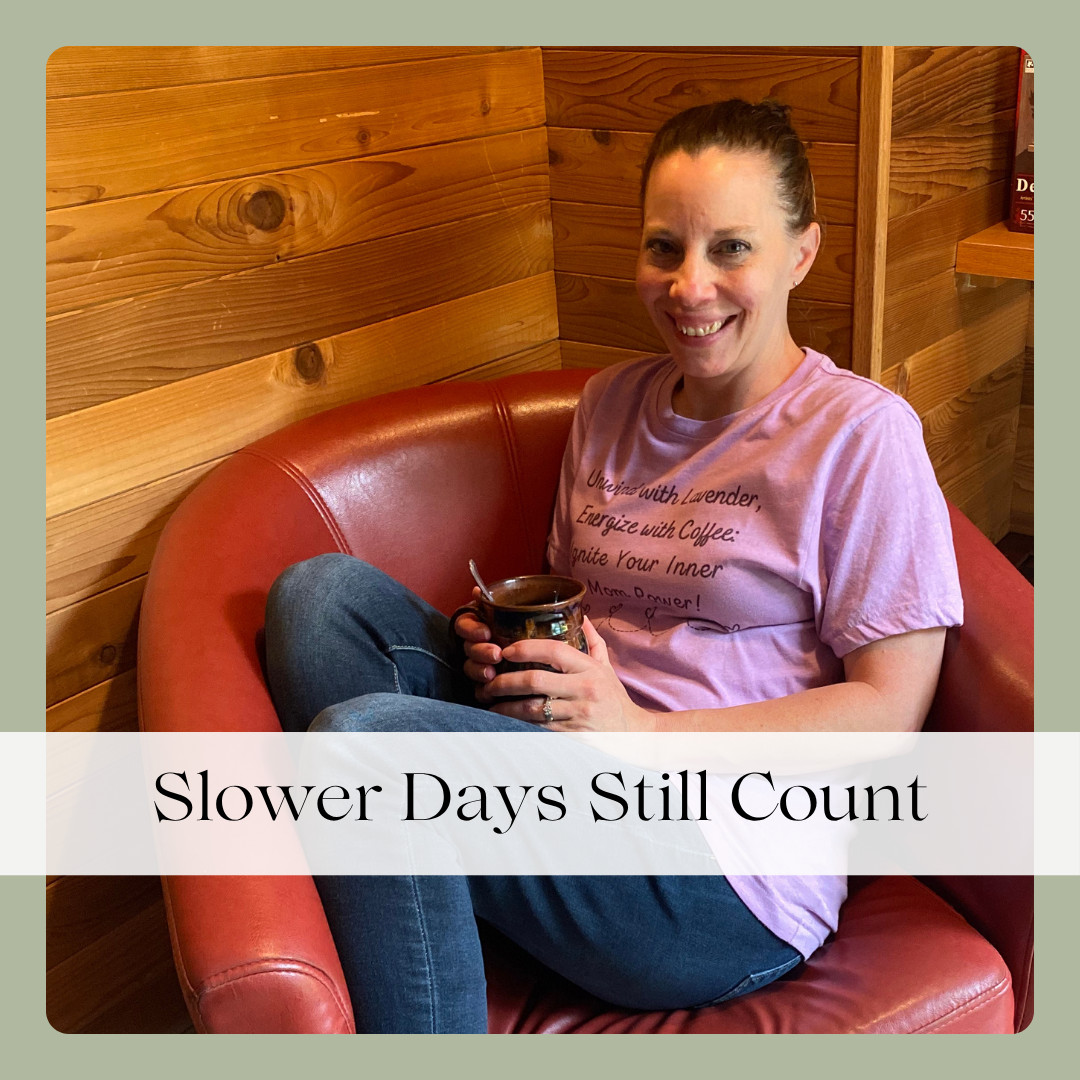

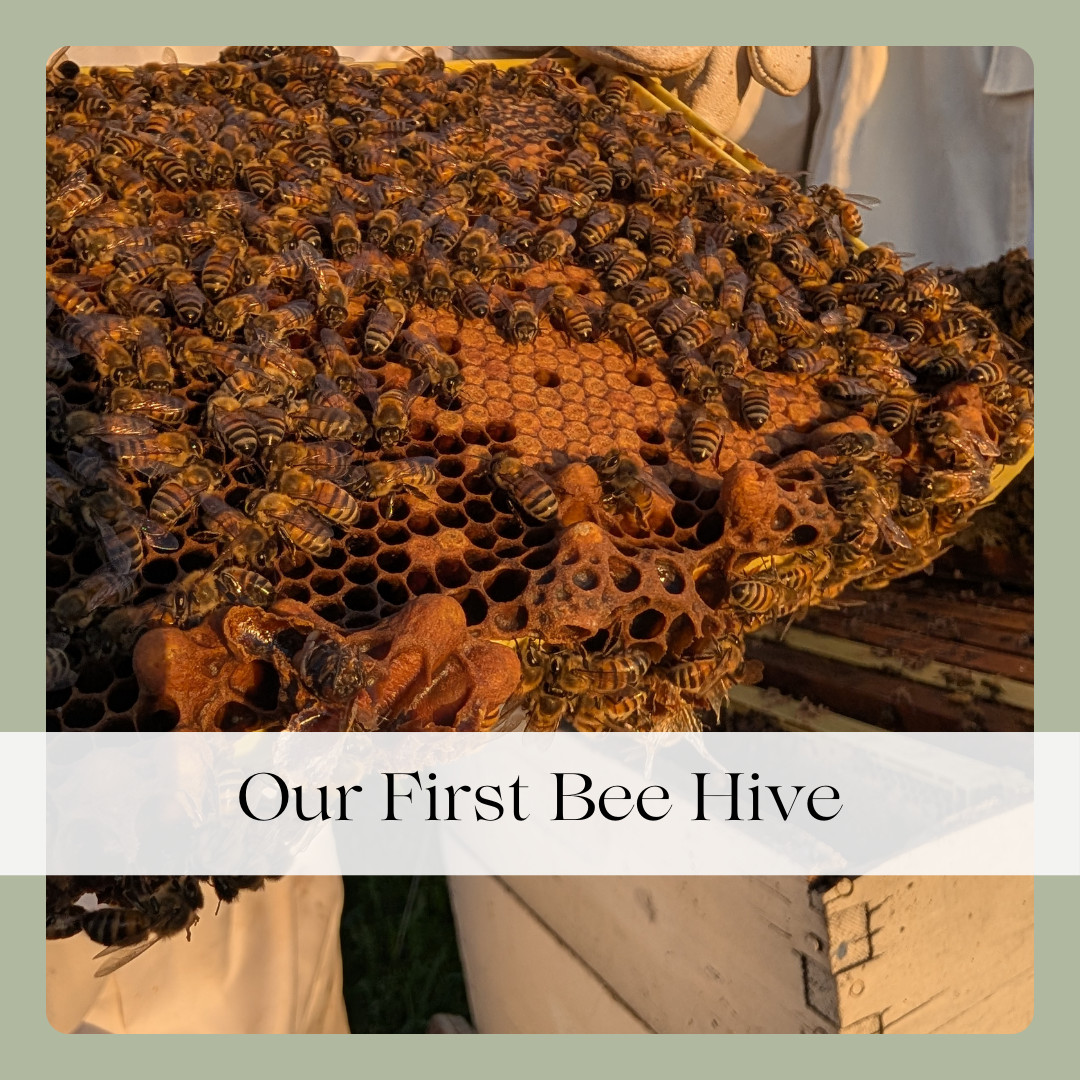
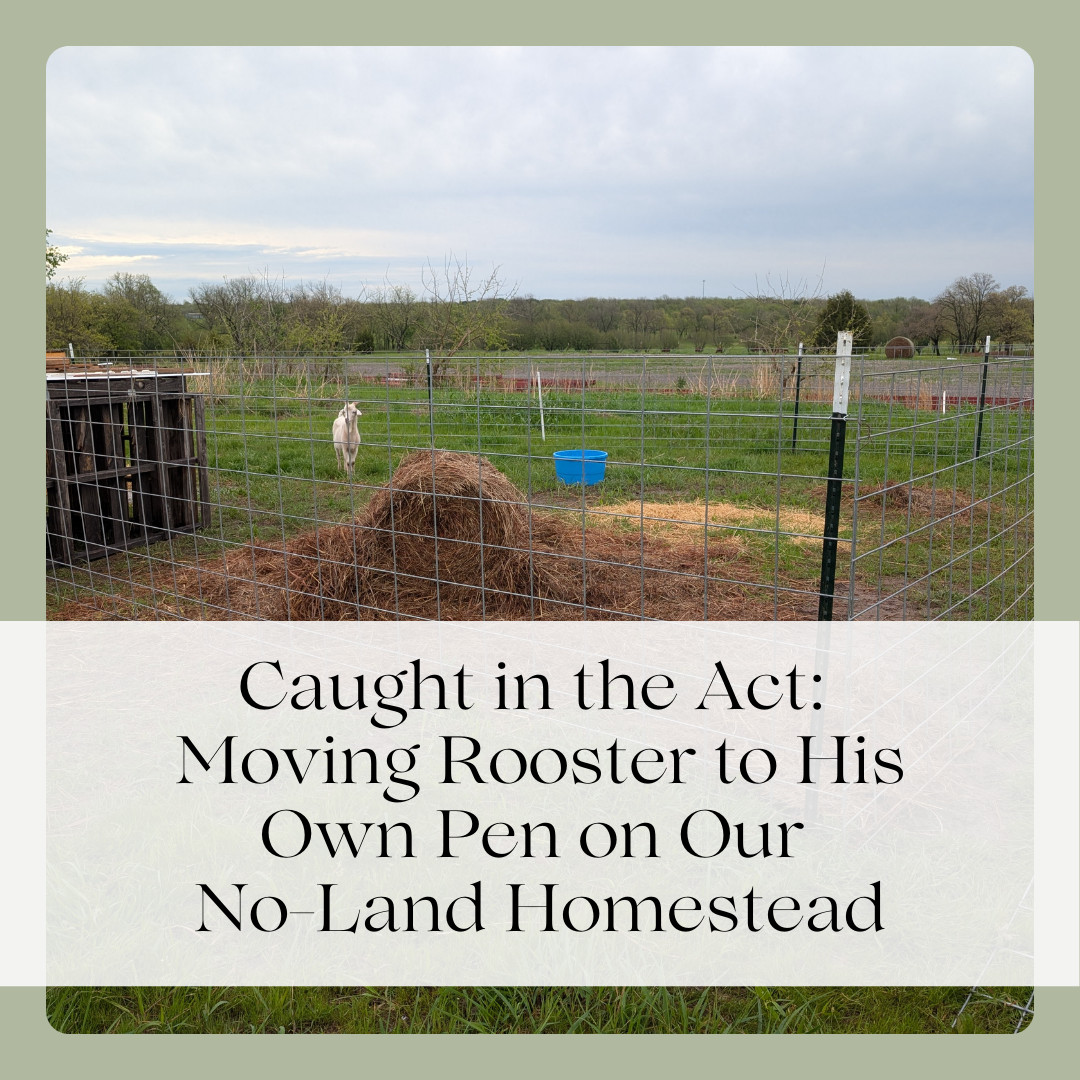
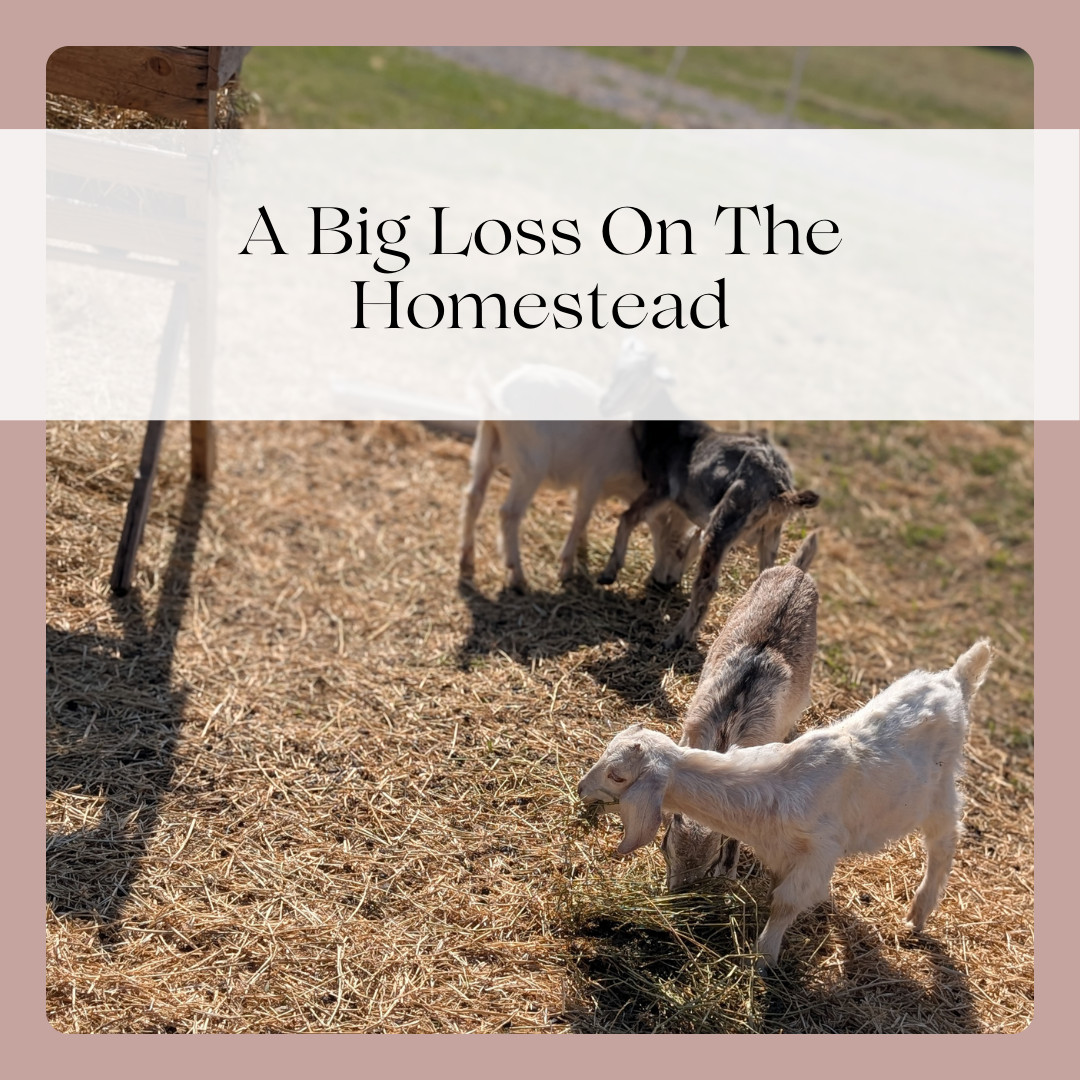
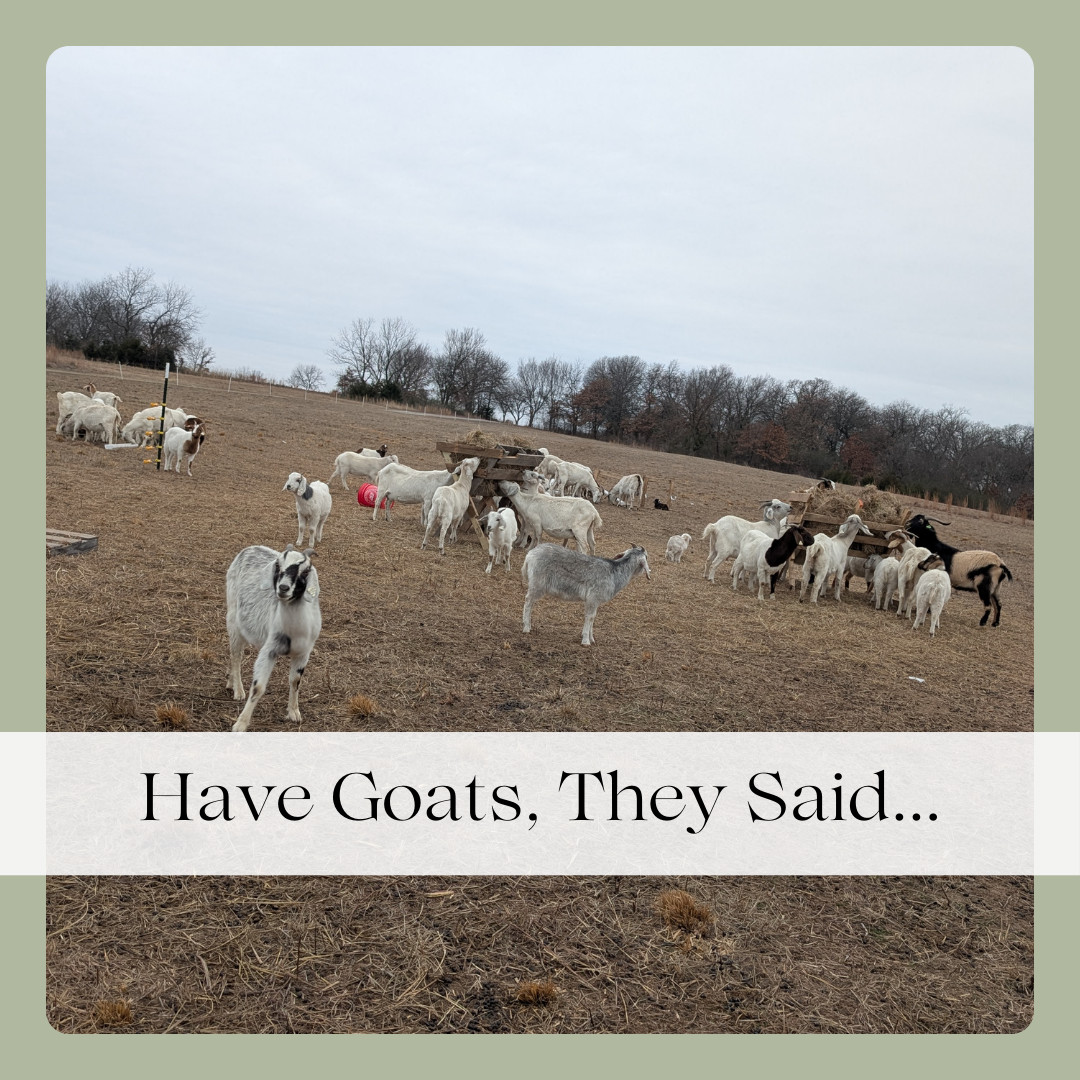
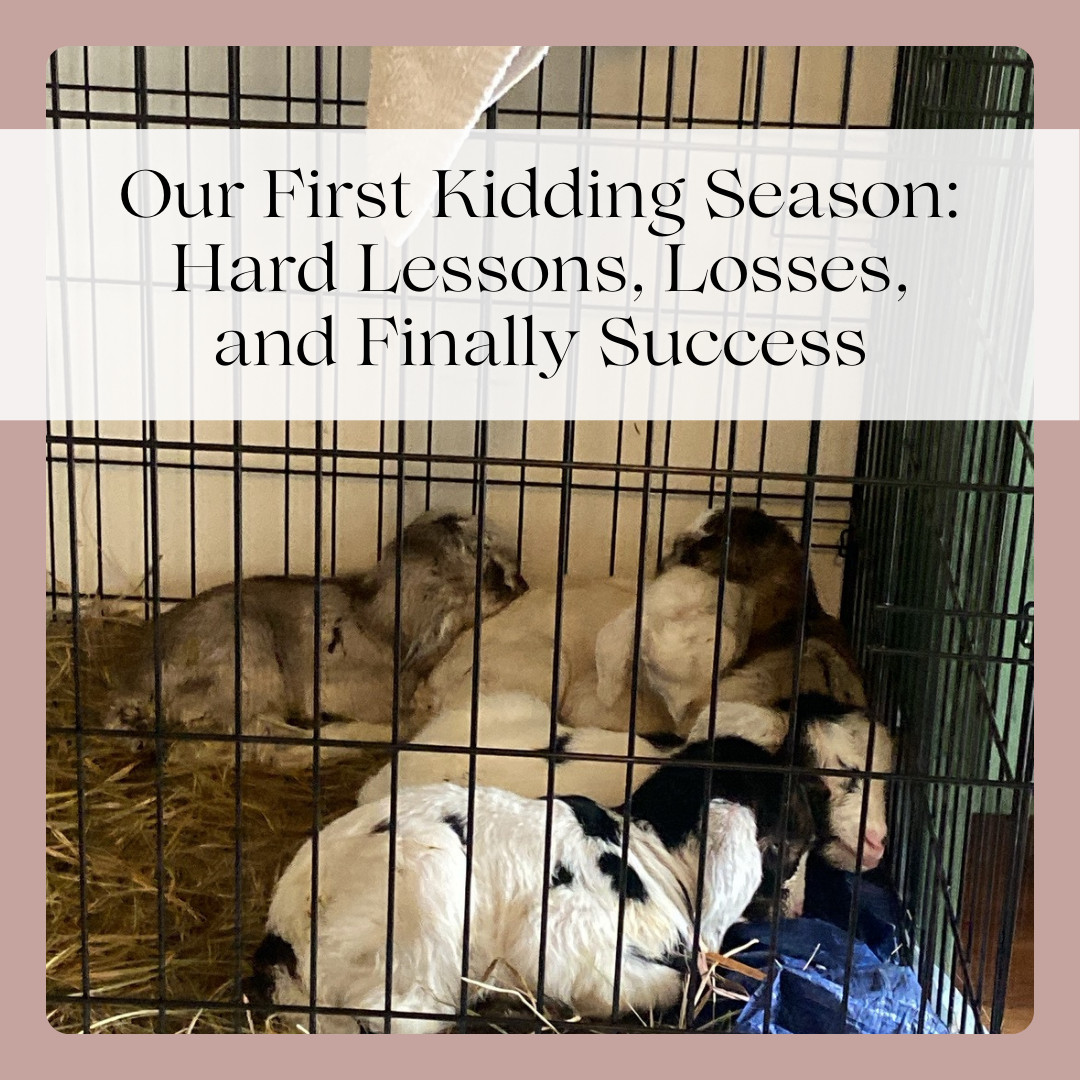






0 Comments